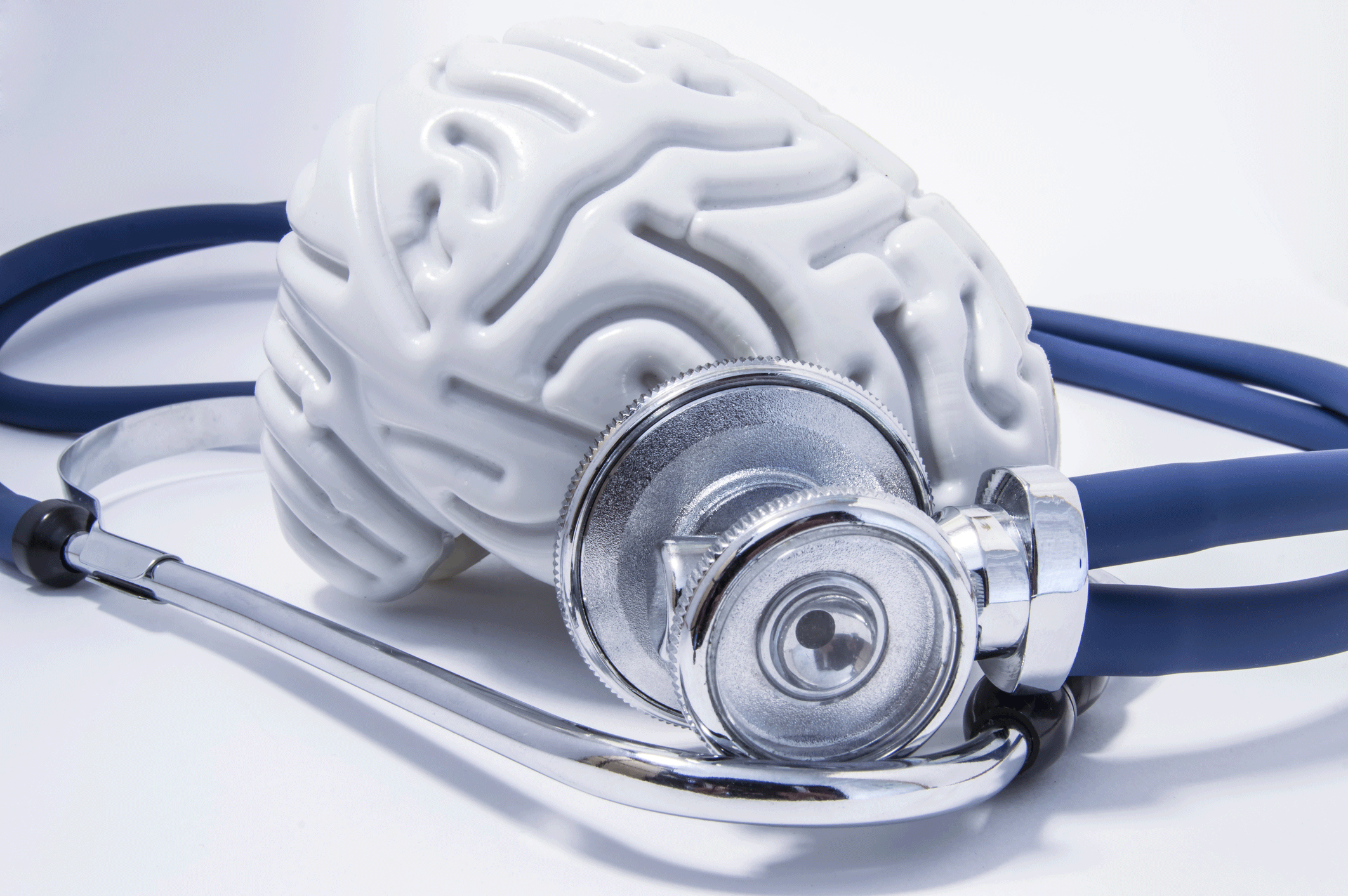Parkinson's Disease Treatment

Parkinson’s disease treatment can often relieve symptoms. Medication and other treatments for Parkinson’s disease can also help improve quality of life.
There’s no cure yet for Parkinson’s disease, and there’s no standard one-size-fits-all treatment for Parkinson’s disease (PD), either. Treatments for Parkinson’s disease are individualized for each person with PD, based on his or her symptoms, the stage of the disease, and the response to Parkinson’s medications.
While there’s no way to reverse the effects of the PD, many treatments including medication and surgical therapy if indicated, can help manage each stage of Parkinson’s disease. Self-help with lifestyle modifications, like reducing stress, getting more rest, and exercising when possible, can all help people with Parkinson’s disease have a better quality of life, too.
YOU MIGHT ALSO LIKE: Parkinson’s Disease Research
Medication for Parkinson’s disease
There are many medications available to treat symptoms of Parkinson’s disease, and often people with PD need to take a variety of these drugs, according to the Parkinson’s Foundation.
One of the oldest and most important medications for Parkinson’s disease is levodopa (also called L-dopa). Parkinson’s disease symptoms are caused by brain cells no longer producing enough dopamine, a chemical messenger needed to control body movements. Levodopa helps PD because it is converted to dopamine in the brain — and more dopamine reduces symptoms of Parkinson's disease, such as tremors, stiffness, and slowness of movement.
PD patients taking levodopa usually take another medication called carbidopa, too, because carbidopa prevents or reduces some of the side effects of levodopa — including nausea, vomiting, low blood pressure, and restlessness. Carbidopa also can reduce the amount of levodopa a person with Parkinson’s disease needs to take for symptom improvement, the National Institute on Aging explains.
Within five to 10 years of taking levodopa, many people with PD develop motor control problems in between doses, such as jerking or twitching (dyskinesia), which can be hard to manage. Changing doses or adding another medication may help, according to the Michael J. Fox Foundation for Parkinson’s Research.
Other types of medication for Parkinson’s disease:
- Dopamine agonists mimic the role of dopamine in the brain.
- COMT inhibitors prevent the breakdown of levodopa.
- Amantadine can help reduce involuntary movements.
- Anticholinergic drugs reduce tremors and muscle rigidity.
- MAO-B inhibitors slow down a dopamine-reducing enzyme in the brain.
- Safinamide tablets help control symptoms in individuals with PD currently taking levodopa and carbisopa and experiencing "off" periods, when their regular medications are not working well.
Other treatments for Parkinson’s disease
If a person with PD isn’t getting the desired response from medication for Parkinson’s disease, deep brain stimulation (DBS) may help.
For this surgical procedure, electrodes are implanted into the brain and connected to a small electrical device called a pulse generator, which is externally programmed to send pulses of electrical stimulation to the brain.
This painless stimulation of the brain helps stop many movement-related Parkinson’s disease symptoms, including rigidity, tremor, and slowness of movement, according to the National Institute of Neurological Disorders and Stroke. The stimulation from the implanted electrodes can also reduce the need for levodopa and related drugs — that, in turn, decreases dyskinesia, the common and unpleasant side effect of levodopa.
Other treatments for symptoms of Parkinson's disease include physical, occupational, and speech therapies to help PD patients with their gait and voice disorders, tremors, and rigidity.
Updated:
March 16, 2020
Reviewed By:
Janet O’Dell, RN